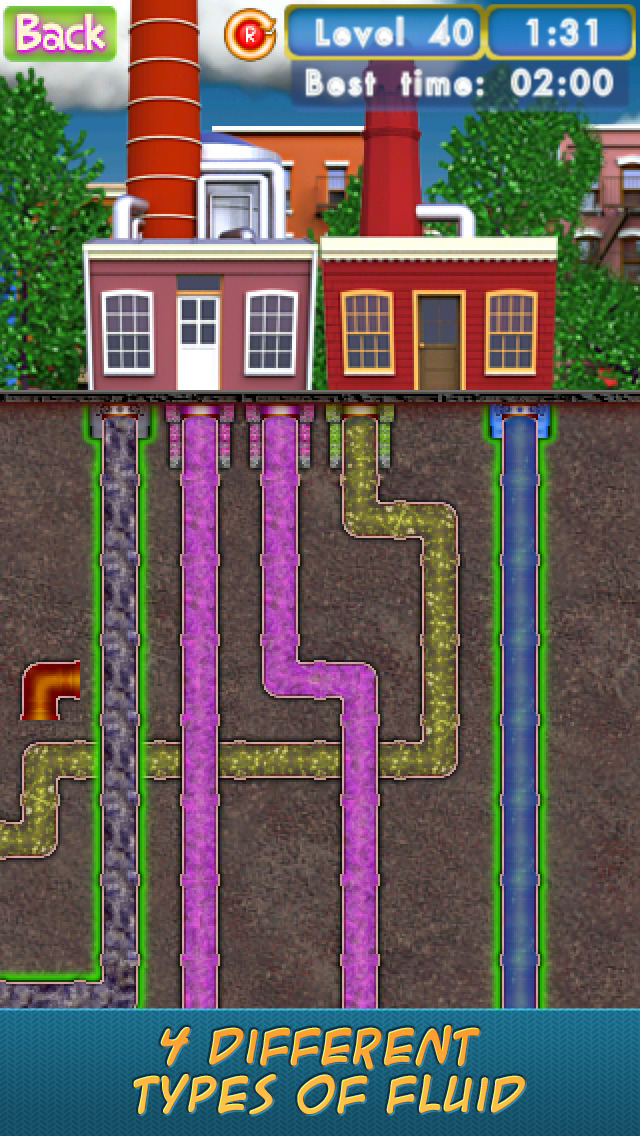
The number of dependent steps varies with the machine architecture. Much of the design of a pipelined computer prevents interference between the stages and reduces stalls. But when a program switches to a different sequence of instructions, the pipeline sometimes must discard the data in process and restart. It can finish about one instruction for each cycle of its clock. It is then working on all of those instructions at the same time. When operating efficiently, a pipelined computer will have an instruction in each stage. For example, if two stages must use the same piece of data, the control logic assures that the uses are done in the correct sequence. The control unit also assures that the instruction in each stage does not harm the operation of instructions in other stages. The instruction data is usually passed in pipeline registers from one stage to the next, with a somewhat separated piece of control logic for each stage. In a pipelined computer, the control unit arranges for the flow to start, continue, and stop as a program commands.


Out of order CPUs can usually do more instructions per second because they can do several instructions at once. In a like way, it might use more total energy, while using less energy per instruction. It typically has more logic gates, registers and a more complex control unit. However, a pipelined computer is usually more complex and more costly than a comparable multicycle computer. Similar calculations usually show that a pipelined computer uses less energy per instruction. In contrast, out of order computers usually have large amounts of idle logic at any given instant. Also, when made well, most of the pipelined computer's logic is in use most of the time. At each instant, an instruction is in only one pipeline stage, and on average, a pipeline stage is less costly than a multicycle computer. With more stages, each stage does less work, and so the stage has fewer delays from the logic gates and could run at a higher clock rate.Ī pipelined model of computer is often the most economical, when cost is measured as logic gates per instruction per second. Also, even though the electronic logic has a fixed maximum speed, a pipelined computer can be made faster or slower by varying the number of stages in the pipeline. This allows more CPU throughput than a multicycle computer at a given clock rate, but may increase latency due to the added overhead of the pipelining process itself. It is common for even-numbered stages to operate on one edge of the square-wave clock, while odd-numbered stages operate on the other edge. This arrangement lets the CPU complete an instruction on each clock cycle. These store information from the instruction and calculations so that the logic gates of the next stage can do the next step. A pipelined computer usually has "pipeline registers" after each stage. For example, it might have one stage for each step of the von Neumann cycle: Fetch the instruction, fetch the operands, do the instruction, write the results. This relationship makes it simple to determine pH from pOH or pOH from pH and then calculate the resulting ion concentration.In a pipelined computer, instructions flow through the central processing unit (CPU) in stages. (In fact, p“anything” is defined as the negative logarithm of that anything.) This also implies that = 10 −pOHĪ simple and useful relationship is that for any aqueous solution, pH + pOH = 14 We can also define pOH The negative logarithm of the hydroxide ion concentration. What are and for an aqueous solution whose pH is 10.36? In any case, the correct numerical answer is as follows: = 1.3 × 10 −5 Mīecause 4.88 has two digits after the decimal point, is limited to two significant figures.

In some cases, the “−4.88” is entered and a “10 x” key is pressed for other calculators, the sequence of keystrokes is reversed. We need to evaluate the expression = 10 −4.88ĭepending on the calculator you use, the method for solving this problem will vary. What are and for an aqueous solution whose pH is 4.88? Because the number(s) before the decimal point in a logarithm relate to the power on 10, the number of digits after the decimal point is what determines the number of significant figures in the final answer: The other issue that concerns us here is significant figures. Ask your instructor if you have any questions.
#Piperoll level 77 solution how to
You need to determine how to evaluate the above expression on your calculator. The general formula for determining from pH is as follows: = 10 −pH Using the definition of pH, it is also possible to calculate (and ) from pH and vice versa. A solution that has a pH of 1.0 has 10 times the as a solution with a pH of 2.0, which in turn has 10 times the as a solution with a pH of 3.0 and so forth. *Actual values may vary depending on conditions. Table 12.3 Typical pH Values of Various Substances* Substance


 0 kommentar(er)
0 kommentar(er)
